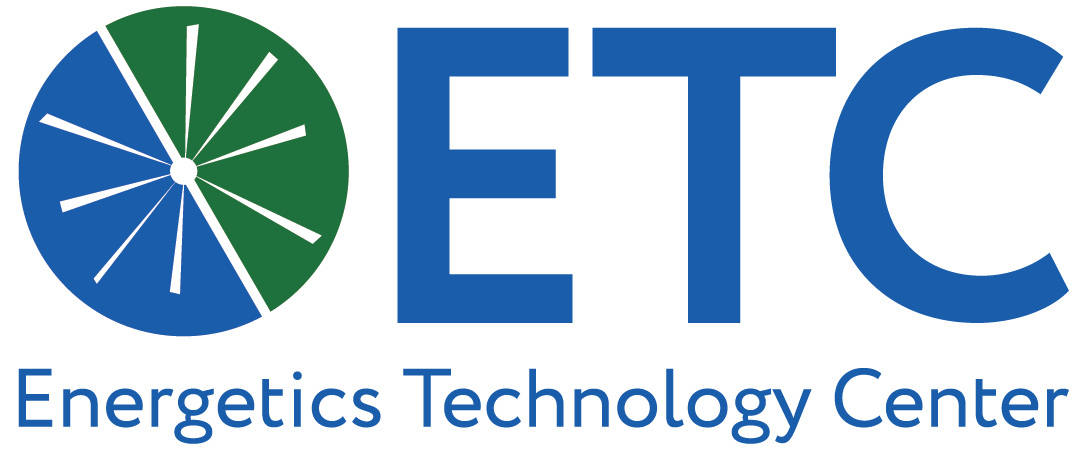By: Will Durant, Program Manager

Artificial intelligence enables machines to simulate human behavior. Machine Learning is the black magic used to train machines to “learn” from existing data and solve the next complex problem. Both tools can act as the key to the complexity vault or a sledgehammer where a screwdriver would be. AI is a fantastic tool, but like any technology fad, it faces hype cycle issues.
At ETC, we are working on a tool we call “EWARE,” designed to become an end-to-end system that will automatically ingest existing, adjacent, and emergent data of relevance to the energetics delivering scientific knowledge and deep awareness back to the same community. We want to be the central connector for every piece of information our users want, and we are tackling this head-on.
“EWARE” starts by pushing full-text PDFs, metadata structures, audio, notes, or any data type into the system. Unstructured information will go through a machine vision process to extract the different document components into raw text format, whereas the structured data parses according to its structure. The objective is to then prepare this information into a data object input for our machine learning models.
Our effort is to build a key for weighted keyword extraction, text summarization, document type classification, material relationships with ontology development, and other capabilities. Combining these capabilities (now at different stages of development) will allow us to create deep statistical awareness of information to the user in the most targeted way.
There are still two big questions: Where and how do we get the most valuable data? And what “keys” (ML Models) will unlock that information for our user. The data part is less challenging to identify than to incorporate, as every publisher has different licensing and data management rules. Energetics is a different puzzle to unlock than molecular chemistry and pharmaceutical formulations. We are, however, continuously searching for solutions within our academic, industry, and government partners.
My special thanks to our enthusiastic and dedicated core team working on this problem, including Aaron Imrie, Ian Michel-Tyler, Lloyd Hardy, John Fisher, Bill Wilson, Ruth Doherty, John Millemaci, and Peter Schramm. Also, to our academic partners Dr. Peter Chung at UMD and Dr. Zois Boukouvalas at AU and their teams.
